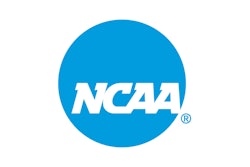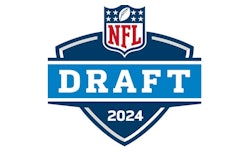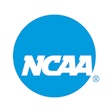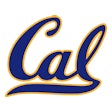Copyright 2017 Gannett Company, Inc.
All Rights Reserved
USA TODAY
The latest round of NFL stadium drama began in 2013, when the owner of the St. Louis Rams bought 60 acres of prime real estate near Los Angeles International Airport.
What happened next was like a high-stakes game of musical chairs -- three teams trying for two spots in the Los Angeles area. By the time the music stopped Monday, three cities were left standing empty-handed: St. Louis, San Diego and Oakland.
But who really won in the end? And is the NFL better off as a business after three teams recently decided to relocate to other cities?
A look at the winners, losers and future rounds of NFL market intrigue, according to experts consulted by USA TODAY Sports.
Why did this happen?
Why else? Money. The NFL shares most of its total revenue between 32 teams, but each franchise gets to keep local revenue from stadium-driven sales, such as that coming from luxury boxes and sponsorships. This creates a huge incentive for teams to keep improving their stadium situations and turn them into bigger magnets of corporate wealth.
"A team can be significantly more profitable simply based on its stadium," said Marc Ganis, a sports consultant who has worked with NFL owners and helped the Raiders and Rams relocate to Oakland and St. Louis, respectively, in 1995.
St. Louis officials wanted to put up $400 million in taxpayer money to help build a new $1.1billion stadium for the Rams. But it wasn't enough for team owner Stan Kroenke, who had dreams of much bigger returns in Los Angeles, where he is building a privately financed $2.6 billion stadium that looks to be the envy of the league.
This new NFL Taj Mahal will be shared by the Rams and Chargers, who decided in January they had no better alternative and couldn't afford to stay in their 50-year-old stadium in San Diego. Similarly, the Raiders soon will leave behind an Oakland stadium that opened in 1966. Monday, NFL owners approved the Raiders' move to a new $1.9 billion stadium in Las Vegas in 2020.
Is it good for the league?
It's too early to tell. Last year, the NFL traded the nation's No. 21 television market in the USA -- St. Louis -- for the nation's second-biggest market: Los Angeles, which didn't have an NFL team from 1995 until 2016.
By itself, that's a smart business move. But the tradeoff got more complicated. The Chargers this year are leaving the nation's No. 28 market -- San Diego -- to become the second team in Los Angeles.
And now the Oakland Raiders are trading part of the nation's No. 6 market -- the Bay Area -- for a Las Vegas market that ranks among the bottom five in the league with 758,000 TV homes, according to Nielsen.
"The expectation is that the NFL is much better off moving the Rams to L.A., somewhat worse off moving the Chargers to L.A., and worse off with the Raiders in Las Vegas," Stanford economist Roger Noll told USA TODAY Sports. "But this is not the whole story, because the moves of the Chargers and Raiders have considerable uncertainty. Either could go seriously bad."
In Las Vegas, the Raiders stadium plan is banking on tourists to help make it work. But would tourists rather watch the NFL for free on giant TVs in the casino sportsbooks or pay $100 for a ticket at the stadium? In Los Angeles, the last time that market had two NFL teams, in 1994, they ranked 24th and 28th out of 28 teams in attendance.
In the long run, it's not good for any business to turn its backs on customers who supported it for decades.
"The end of the result will be concentrating two teams in the L.A. market, which has not necessarily shown great strength for the NFL in the past," Ganis said. "We'll see what happens when the new stadium opens (in 2019). That could be the game changer."
Who are winners, losers?
Only Kroenke got what he wanted all along. The Chargers and Raiders were denied by the NFL last year in a joint bid to move to Los Angeles with a separate shared-stadium plan. Several months later, San Diego voters rejected a new Chargers stadium plan that would have increased hotel taxes to help pay for it.
On the other hand, none of the three teams really lost in the end, because each expects to be better off in its new home than it was in its old city. In Las Vegas, the Raiders are even getting a record $750million in taxpayer money for stadium construction. In Oakland, the city said no to public funds for a new Raiders stadium.
"(Kroenke) does come out well on this, but it's a very large cost," Ganis said. "He's putting up a lot of money and a lot of risk for the potential upside."
The real losers were fans in the abandoned cities, which supported those teams for a combined 121 years: 56 years for the Chargers in San Diego, 44 years for the Raiders in Oakland and 21 years for the Rams in St. Louis.
"I mostly just feel sorry for the fans," said Kitty Ratcliffe, president of the St. Louis Convention & Visitors Commission, which operates the dome where the Rams played. "There are people in this community whose loyalty got crushed by an owner who never cared for them the way they cared for the team."
Read More of Today's AB Headlines
Subscribe to Our Daily E-Newsletter
Terms and Conditions Privacy Policy































